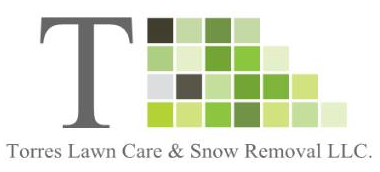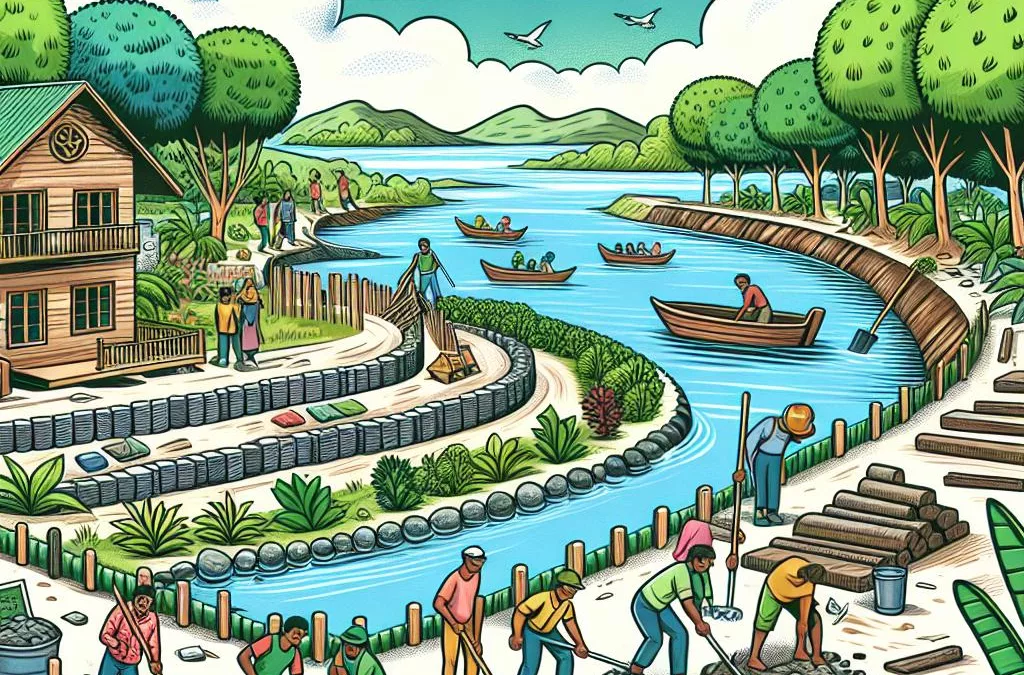Introduction to Eco-Friendly Erosion Control
Lakeside properties offer picturesque views and a serene living environment, but they also face the constant challenge of erosion. This natural process, driven by weather conditions, recreational activities, and inadequate design, can result in significant shoreline damage. Eco-friendly erosion control solutions provide a sustainable way to protect these precious landscapes while preserving the natural ecosystem.
The Problem of Erosion
Erosion along shorelines can lead to trenches, gullies, and habitat loss, which pose a threat to property value and environmental health. It disrupts natural habitats, contributes to nutrient loading in water bodies, and undermines the structural integrity of shorelines. Addressing these issues through eco-friendly methods is crucial for the long-term sustainability of lakeside properties.
Need for Eco-Friendly Solutions
Traditional erosion control methods often involve artificial barriers and non-biodegradable materials. In contrast, eco-friendly solutions integrate sustainable practices that enhance natural landscapes while minimizing environmental impact. From knitted mesh to native vegetation, these methods are not only effective but also beneficial for local ecosystems.
Eco-Friendly Erosion Control Methods
Bioengineered Living Shorelines
Bioengineered living shorelines are innovative systems that stabilize shores using knitted mesh filled with local sediments and supportive vegetation. This not only reinforces shorelines but also encourages growth of native plant species, which further stabilize the soil. Numerous case studies demonstrate the long-term benefits of this approach, including improved biodiversity and resilience against erosion.
Planting Beneficial Vegetation
Native vegetation is a cornerstone of erosion control. Selecting resilient plants that thrive in local conditions helps create a buffer against erosion, providing root systems that anchor soil while enhancing the environment. Best management practices ensure successful plant growth and stabilization of shorelines.
Erosion Control Mats
Made from materials such as coconut coir, jute, and straw, erosion control mats are effective on various terrains. These mats protect soil from runoff and support vegetation establishment. Each type of mat offers unique advantages depending on the landscape and specific conditions of the lakeside property.
Alternative Solutions: Coconut Fiber Logs and Biodegradable Logs
Coconut fiber logs are effective in areas with wave activity, providing natural barriers that guide water flow and reduce shoreline impact. Easy to install and maintain, they offer a sustainable alternative to synthetic barriers, complementing other erosion control techniques.
Proactive Shoreline Management
Implementing vegetative buffers and proactive shoreline management practices can prevent long-term erosion issues. Species recommended for buffers include grasses, perennials, and shrubs that offer erosion control and aesthetic value.
Contour and Terrace Farming
For properties with steep slopes, contour farming and terrace farming are effective in minimizing erosion. These methods reduce water runoff by slowing down the flow and enhancing soil absorption, adaptable for slopes adjacent to water bodies to prevent erosion effectively.
Biochar and Ground Cover
Biochar improves soil structure, enhances water retention, and supports soil stability, making it an ideal addition for soil protection. Combined with ground covers and mulching techniques, this comprehensive approach significantly mitigates erosion risks.
Grassed Waterways and Tree Planting
Designing grassed waterways helps manage surface runoff, while tree planting creates long-term stability, as tree roots strengthen soil integrity and reduce the impact of water flow on soil erosion.
Case Studies and Success Stories
Incorporating real-world examples of successful eco-friendly erosion control projects not only demonstrates the effectiveness of these methods but also highlights best practices learned from these projects. Such insights inspire others to adopt sustainable erosion control solutions.
Conclusion
Eco-friendly erosion control solutions are essential for the sustenance and enhancement of lakeside properties. By integrating techniques that respect natural processes, property owners can secure their shorelines sustainably. As technology and techniques advance, these eco-friendly practices will continue to evolve, offering new opportunities for sustainable development.
FAQs
- What are bioengineered living shorelines? Bioengineered living shorelines use natural materials and supportive vegetation to reinforce shorelines.
- How effective are erosion control mats? Erosion control mats provide immediate protection and encourage vegetation growth, making them effective for gentle slopes and runoff areas.
- Can coconut fiber logs be used on all shorelines? They are particularly effective in areas with wave action, providing a natural barrier against eroding forces.

